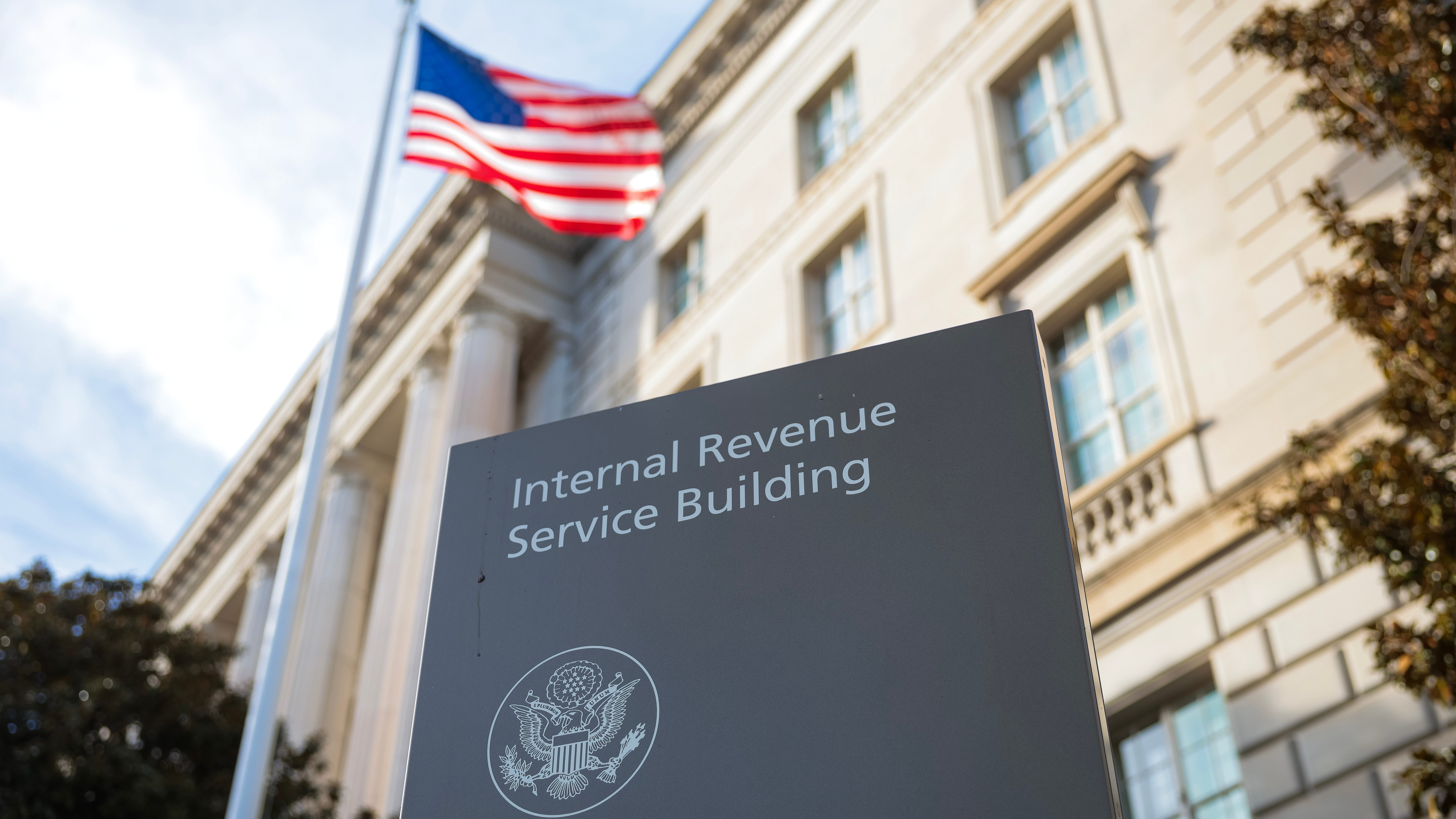Big problem emerges in IRS return-to-office mandate: Not enough desks
Fearing a customer service meltdown in tax season, the IRS steps back its plan to bring employees back to the office.

The Internal Revenue Service ordered most of its approximately 20,000 customer service employees back to the office this week, ending a long era of hybrid and remote work.
There was just one problem: The IRS didn’t have enough desks to seat them all.
And so, many customer service workers learned Sunday that they would not have to return to the office on Monday, after all. The Return to Office (RTO) mandate has been postponed until further notice, union leaders said Wednesday.
In the end, the IRS and its employee union evidently agreed that the back-to-office order might lead to long telephone wait times for taxpayers at the height of tax season. The IRS offered no official comment on the episode.
“This is to minimize impact to taxpayers during the filing season,” said Doreen Greenwald, president of the National Treasury Employees Union, in a statement. “These employees can continue telework temporarily while the IRS finds enough appropriate workspaces for all of them to report to the worksite each day.”
The IRS ordered workers back to the office on Monday
The IRS had ordered most workers to return to their agency workplaces Monday, fulfilling a promise from President Donald Trump to summon federal workers back to the office five days a week.
As recently as last May, more than half of federal workers were partly or fully remote, according to a January congressional report. “As a result, federal office buildings are largely empty,” the report said.
But the IRS has been growing, its workforce swelling from about 80,000 in 2021 to more than 100,000 in 2024, according to the Federal News Network.
The agency grew under the terms of the Inflation Reduction Act of 2022, which pumped billions of dollars into the IRS to improve customer service and ramp up audits of wealthy taxpayers.
According to an IRS data book, the agency employed about 15,500 customer service workers in 2021. The workforce has since grown to about 20,000, as of late 2023, the most recent figures available.
Not enough desks for every IRS worker
When the IRS announced the RTO order to its staff in a memo, officials acknowledged they might have trouble finding seats for everyone.
“There are some (facilities) that currently do not have enough space to accommodate all employees in the commuting area,” the memo said, according to the Federal News Network. “Some employees could be assigned to a nonstandard workspace in the interim, until a permanent solution is implemented.” The memo said conference rooms and interview rooms might be pressed into service as office space.
The IRS owns or leases more than 500 offices across the country, according to a 2024 report. Some have sufficient chairs, desks and offices for every employee. Others do not. Some IRS employees have been working remotely since the 1990s.
“As predicted, the termination of telework at the IRS has been chaotic and disruptive in offices around the country,” Greenwald said. “Many IRS workplaces do not have enough space to fit everyone, and despite promises that new space would be made available, there were still some employees without an appropriate, designated spot to work.”
News of the back-to-office reprieve reached IRS workers on Sunday, the day before the mandate was to take effect, according to the union.
On a Reddit page devoted to federal news, one commenter observed, “Never seen such poor leadership, decision-making, backtracking, and chaos in my life in any organization.”
Overcrowded offices could have hampered customer service
The union predicted that sending thousands of customer service workers back to overcrowded offices would wreak havoc on their dealings with taxpayers.
Last year, the agency boasted that it had reduced average telephone wait times from 28 minutes to 3 minutes, among other improvements.
This year, tax experts have warned that wait times could be longer, and not just for lack of desks.
The IRS is under a hiring freeze, and the agency has initiated mass layoffs: more than 7,000 to date, according to the New York Times. The ultimate goal is to reduce the workforce by as much as half.
How many customer service workers might leave the agency, or have left already, is unclear.